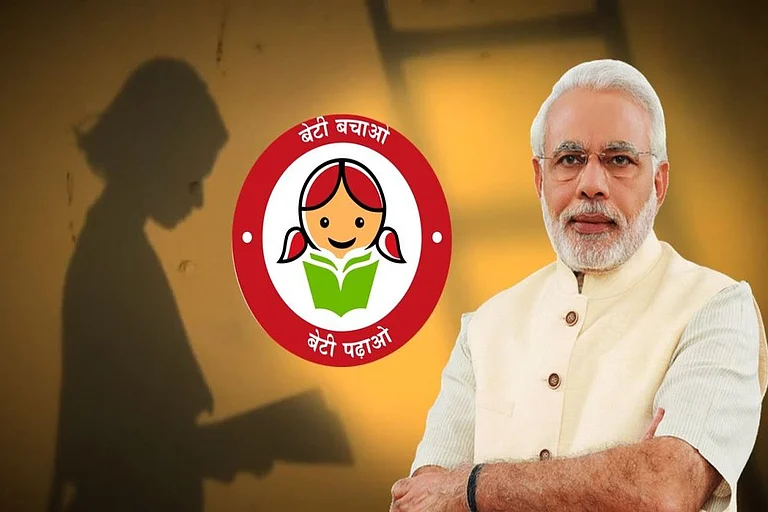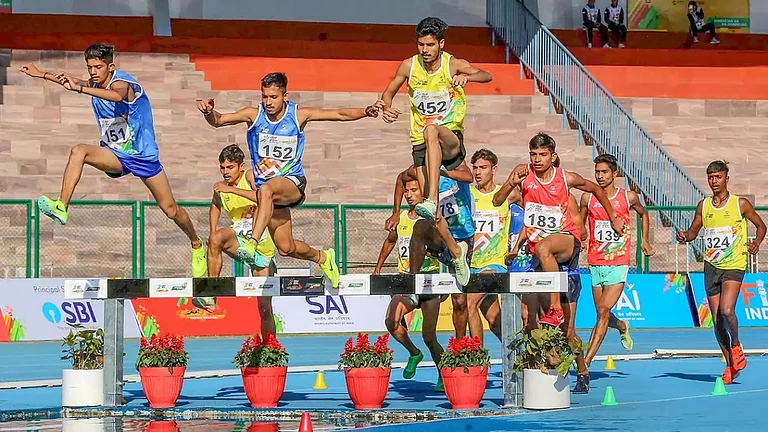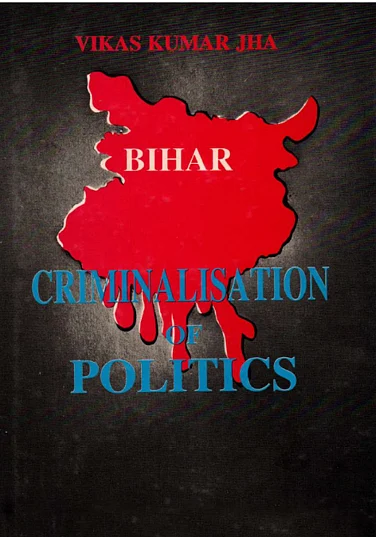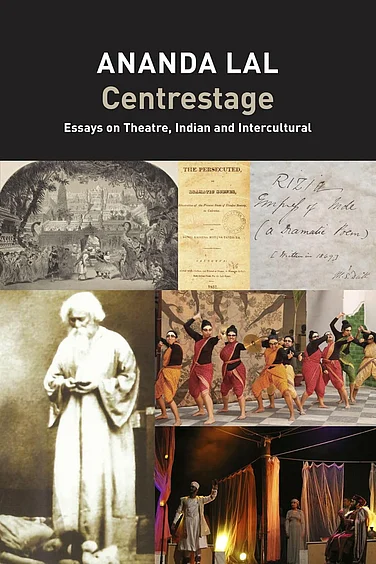Borders and Boundaries begins by describing how women were led to commit mass suicide, had their breasts, hands or feet cut off, and were raped or kidnapped in the course of Partition violence. But its central subject is the 'recovery' of women—Hindu and Sikh by India, Muslim by Pakistan—in the immediate aftermath of Partition. The book itself is an act of recovery: it moves between a series of oral histories and analytical comments which probe the histories (as recounted to the authors). Its chief protagonists are women who were repatriated and women who organised the repatriation. One of the most interesting of its many strands is the complex and often troubled relationship between repatriator and repatriate. Thus, a group of Muslim girls who are forced to go to Pakistan bitterly ask the woman who arranged their repatriation: "Who are you to decide for us?" But Mridula Sarabhai, who spearheaded the bill for the return of kidnapped and abducted women, argues that repatriation is a citizen's right. Here is a dilemma which international agencies, such as the UN's High Commission for Refugees, are familiar with.
While all of us can imagine—immediately, on our skins—the trauma that women who were forcibly repatriated underwent, few think of the often agonising decision that the bureaucrat in charge of returns might find herself making. One of this book's valuable contributions is to let us see each individual's pain, without relativising it, and to tell us—albeit in tantalisingly small fragments—of those occasions when a woman was not repatriated against her will.
On this issue, however, Menon and Bhasin, leave me puzzled. They cite figures showing that almost twice as many Muslim women were repatriated from India as Hindu and Sikh women from Pakistan, and add that the official figures for kidnapped or abducted women showed a similar ratio (50,000 Muslim women in India and 33,000 Hindu and Sikh women in Pakistan). They also say India was more pressing on the return of women than Pakistan. What are we to conclude from this? That India was more anxious to expel Muslim women than Pakistan was to expel Hindu and Sikh?
It is not only in the rhetoric of nationalism, as Menon and Bhasin point out, that women become both symbols and substitutes for the nation. With the terrible example of the Serbian rape camps in Bosnia-Herzegovina before us, it is only the human desire to gloss over such unspeakable acts that allow us to forget—or rather, to partially bury—their memory.
Borders and Boundaries performs the invaluable task of excavating our own brutal histories for us, and it stretches a line of consequence between the events themselves and their aftermath as dealt with by the Indian State. It is satisfying that such a book should appear in the 50th anniversary of Indian and Pakistani Independence, for it returns us again and again to the question of the expectations and failures of a mai baap sarkar. Our preoccupation with this issue has been stressed both at home and abroad—where it has been seen as the reason why the 50th anniversary celebrations were so low-key.
It is too much to expect that a book of this kind will answer all the questions it raises.Yet, because of the histories the book gives us, one cannot help but ask whether mai baap expectations were in themselves ill-founded. Did we expect the Indian government to fulfil Queen Victoria's promise? Or does this book, like many others now appearing, show that we are now, finally, measuring the gap between what we hoped Independence might lead to and what we have?
Strikingly, most of the women who organised repatriation oscillated between the conviction that they were part of a grand enterprise, of independent India, and the belief that they were making the best of a bad job, of offering whatever small comfort they could to the victims of Partition. That engagement to the State is missing now. Menon and Bha-sin quote a Sikh woman who survived Partition violence to relive it in the 1984 communal riots against Sikhs. She remarks that she has no nation now. And I am reminded that the women who worked in relief and rehabilitation camps in Delhi, during those riots, did so as citizens who were enraged by the paralysis of government, not for the sake of a nation.

























